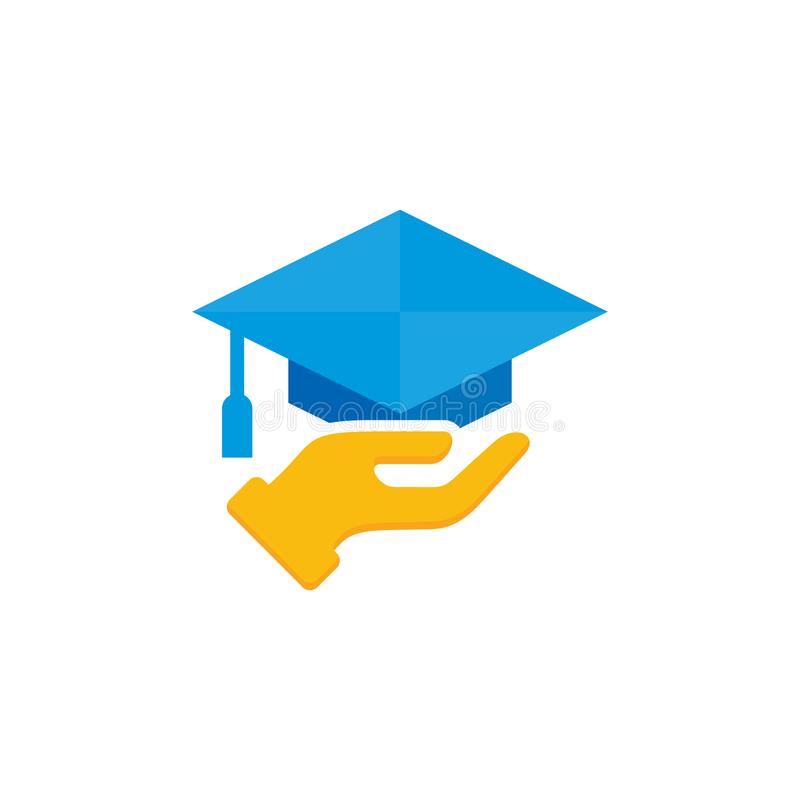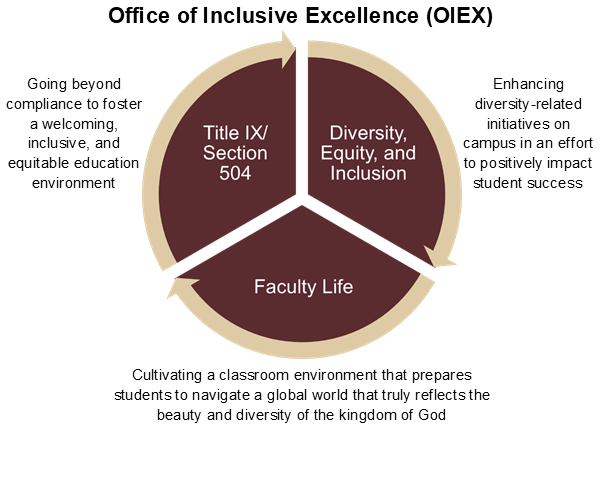Assessing Inclusivity and Accessibility: A Student Employee’s Perspective
Hi there! My name is Jess Flores and I am a fourth year student here at Seattle Pacific University (SPU). I currently work as a student assistant employee in the Educational Technology and Media department (ETM) here at SPU. A portion of my work in this position has been focused on the technological side of education, as ETM functions largely to offer support to faculty and instructors in this area. I have also begun to dip my toes into learning about different pedagogical approaches that are in use, here on campus.
I recently undertook a project that required me to learn more about Inclusivity and Accessibility. Prior to this project, I had a very basic understanding of what these meant, but only in a social aspect not an educational nor professional one. This post is about my experience learning about Inclusivity and Accessibility, and what those ideas mean for spaces such as this.
The Educational Technology and Media (ETM) department of SPU works to provide technical support for the educational tools in use by both SPU faculty and students. ETM maintains a Wiki with help-guides that are structured to be easy to follow and accessible by all who can access it. ETM is also able to offer direct help by ETM employees for faculty via help tickets. Additionally, ETM has recently debuted the SPU Winter Academy, which ran during the 2021-2022 Winter Break. This Academy was designed to offer more information on pedagogy for SPU instructors to use in their classrooms. [FJ1]

The Winter Academy was designed with seven” C’s in mind: Community, Collegiality, Care, Connection, Change, Coherency, and Christianity. These C’s are used to “chart how to develop distinctive SPU courses utilizing the digital space” in the way the course is structured[1]. With each C having its own module, instructors were able to learn specifics about each C and how they, as educators, could implement core ideas into their own course design. The goal for instructors, upon completing the academy, was for the instructors to take the ideas and tools they learned, and apply those principles in their classrooms to reinforce and enhance their classroom climates for the benefit of students.
In support of ETM’s work, we strive to use language in the Wiki and other documentation that is inclusive, diverse, and accessible. However, this process begins with an understanding of what those standards are. To learn more about these standards and how to apply them, I have been referring to the University of California, Irvine’s (UCI) Inclusive IT Language Guide and the ETM Style Guide for the ETM Wiki. For my review of the ETM Winter Academy, I referred to the DEI rubric and the OSCQR rubric; the actual rubric can be found here.
Other resources that would have been helpful to developing my familiarity with the information to a larger extent would be if I had read articles or book chapters that cover these topics. Resources such as those could introduce the importance of the theory behind these goals and explain their practical usage. I did manage to find some articles that answered any questions I had about specific terminology, like this article by Care Quadrant which explained if the term ‘you’ was inclusive. However, I was wary about branching out into the internet to answer any questions I came up with since many of the pages that I found (but didn’t use) included reiterations of information that did not answer my specific question (and was just broad explanations of what inclusive and accessible language was), or were articles that did not provide a definitive answer, meaning the information across different sources were too different to establish a baseline. I didn’t want to risk guessing nor using an article that published incorrect information as fact.

Luckily, the resources that I did have at my disposal were more than adequate for me to familiarize myself with the content and to apply that information in my reviews. The supplemental resources I talk about in the previous paragraph would have proved helpful in introducing this topic to me at an earlier date. So, they would have been beneficial but were not strictly necessary. The reviews, guides, and rubrics were informative and essential to founding my understanding of inclusivity and accessibility in a work/learning environment and in general.
Reviewing the documentation that ETM uses to support SPU is vital to ensuring that ETM continues to follow standards of inclusivity and accessibility. To start this project, I first had to become familiar with what was meant by the terms Inclusivity and Accessibility in Language. I had to learn about their increasing importance in shared-information spaces and where their founding principles applied. I also had to learn about the criteria to apply Inclusive and Accessible language in the ETM Wiki. The University of British Columbia has undertaken a similar project of reviewing their wiki spaces, and they named is wiki gardening[2]. I think this term applies as going through the ETM wiki was similar to weeding out unnecessary language and planting the best alternatives that would enhance user experience of the wiki spaces.
The UCI Guide and ETM Style Guide explain what various inclusive and accessible standards are via blurbs on why these standards exist and how they are used. Both guides also include examples of terminology that follow these standards and examples that don’t. Several of these standards in the Guides have a shared direction, such as:
- using language that is person–centric
- taking note of a word’s connotations when in use
- avoiding the use of potentially damaging language
- opting for general and diverse terms when applicable.
To this end, ETM practices include taking the information provided in these guides and using them to edit our own work and ensure we are following the best possible practices.
The OSCQR and DEI rubrics were used in the review of the Winter Academy because both rubrics track the use of inclusive and accessible language, teaching practices, universal educational design, accessibility and include some communal goals in course design. The Winter Academy was designed for instructor learning with similar goals and standards of inclusivity and accessibility in mind. This allowed instructors to experience course design that highlighted these principles from a student’s perspective while learning how to provide them in their roles as educators.
Verifying that the Academy followed the same goals and standards it was teaching to instructors became another layer of support for instructors, as instructors were able to see what they were being taught put into practice. This approach helped cement the practices instructors could incorporate into their courses after experiencing it first.
The process of accessing available information was not too difficult, in this project, and I benefited from reading the information I had several times throughout this project. Doing so helped the information stay fresh in my mind, for longer. Referencing the guides helped me to know what choices to make when I would inspect specific words or phrases. My awareness of the different meanings and connotations behind certain terminology and common phrases was strengthened. Additionally, my ability to communicate is more effective because I can now recognize how the things I used to say could be inadvertently interpreted as offensive and/or unnecessary. What slowly began as an internal review of the ETM Wiki turned out to be a continuation of my personal understanding of what inclusivity and accessibility, meant both in these spaces and elsewhere. Recognizing these things in my life reinforced what I was learning for this project, and I ended up making subtle changes in how I talk.
Overall, I benefitted from establishing a better understanding of these standards, how best to apply them, and why these important standards exist. In recognizing that SPU is becoming more diverse with people of different backgrounds coming together, I can truly understand the value and importance behind using inclusive and accessible language, especially in an academic environment like SPU. I’m happy to say that for the most part, the ETM Wiki and Winter Academy did follow the inclusive and accessible standards that are expressed in the guides.
Moving forward, internal reviews such as the one I performed are hugely beneficial to the process ETM is conducting to ensure that their content is easy to understand by all and is free from bias. These methods also help further ETM’s mission to “support faculty and staff in their use of educational technology for teaching and learning.” By adjusting the terminology used in these spaces, more students are going to be reached and represented in the classroom, which will in turn enhance their learning experiences and benefit the overall classroom climate.
[1] SPU Winter Academy 2021
[2] https://wiki.ubc.ca/UBC_Wiki:Wiki_Gardening